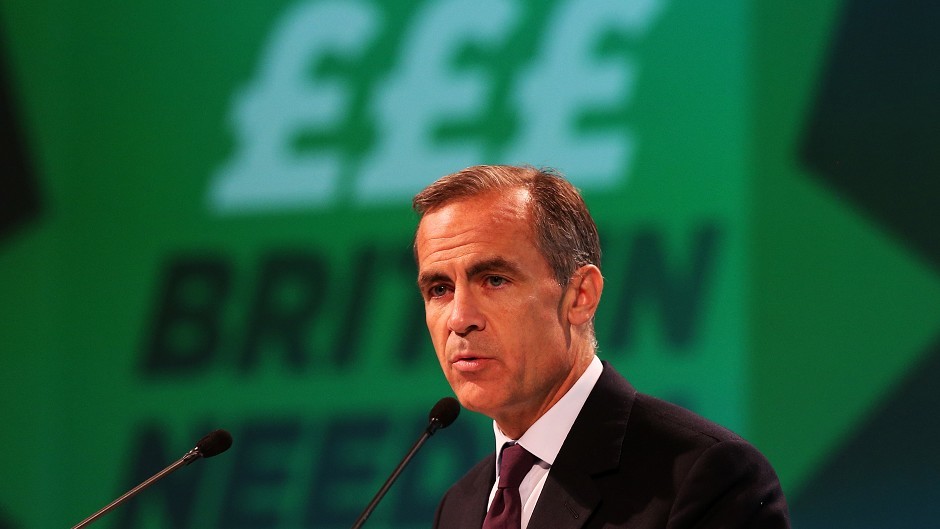When will UK interest rates start to rise? It’s a simple enough question, but anyone looking for an easy answer in the Bank of England’s Inflation Report, summarising its latest views on the outlook for the economy, will find themselves disappointed.
In one respect, Bank of England Governor Mark Carney was very clear: “The expansion is on track and sustained economic momentum is looking more assured”.
UK output is now back above its pre-crisis peak and more than 800,000 new jobs have been created in the past year. As a result, the Bank’s Monetary Policy Committee (MPC) has revised up its expectations for near-term growth this year to 3.5%, and it expects that rate to slow a little later than previously thought. It is even more optimistic about the labour market, with a “marked reduction” in its unemployment forecast expected to take the rate below 6% by the end of this year.
These positive revisions come despite the MPC’s acknowledgement that geopolitical risks, from Ukraine to the Middle East, have intensified since its previous set of forecasts three months ago.
The committee remains concerned about the impact of muted demand for UK exports, reinforced by sterling’s 14% rise since its March 2013 trough, on the economic outlook. Further balance-sheet repair in both public and private sectors could also act as a persistent headwind to growth.
So if the economic outlook is positive, despite some underlying concerns, why is the Bank of England still striking a cautious note on interest rates? The answer is linked to uncertainties and disagreements within the MPC about the amount of “slack”, or spare capacity, in the economy.
The committee’s members agree that the pace of job creation over the past year; the fact that total hours worked have risen more rapidly still; and that the labour-market participation rate is now at its highest level in nearly 25 years all point to slack in the labour market being used up more rapidly than it had previously expected.
However, what matters from an inflationary perspective is not only how rapidly slack is used up, but also how much spare capacity there was to begin with. On this measure, a range of indicators – particularly the weakness of wage growth – suggest that there was greater initial slack than previously thought.
The latest pay figures for June, excluding bonus effects, show average weekly earnings rising by only 0.6% over the past year – the weakest pace since records began in 2001.
One explanation for wage pressures remaining muted despite sharp falls in unemployment is that older workers may be more willing to work at any given wage rate, reflecting changes to retirement and benefit rules alongside worries about future pension provision.
If true, the economy could be more able to sustain higher rates of employment (and lower unemployment) without triggering a pick-up in inflation.
In answer to our simple question, therefore, we end up with a series of rather nebulous observations about spare capacity and labour-market behaviour.
How will the MPC respond?
It has decided that, in future, wage trends and labour costs will pay a greater part in its monthly decisions on the timing of that first rate rise.
But Mr Carney is also keen – almost desperately so – to move us on to a different question. He would like us to focus on what the UK economy might look like over the next two to five years, rather than whether rates will start to rise later this year or early next.
On this question, the Inflation Report gives a number of pointers. The MPC expects interest rates to remain “materially below” their pre-crisis average for some time – though borrowers may not have much cause to celebrate since the committee also expects the need for higher capital, liquidity and other prudential requirements to lead to wider spreads between loan rates and the Bank of England’s policy rate.
It is optimistic about the outlook for unemployment, suggesting that “the race against long-term unemployment is being won”.
However, it is more cautious about whether growth in activity and real incomes can return to pre-crisis norms. In the MPC’s view, this is “an open question”, one dependent on a pick-up in UK productivity – which, even five years on from the end of the recession, remains puzzlingly weak.
